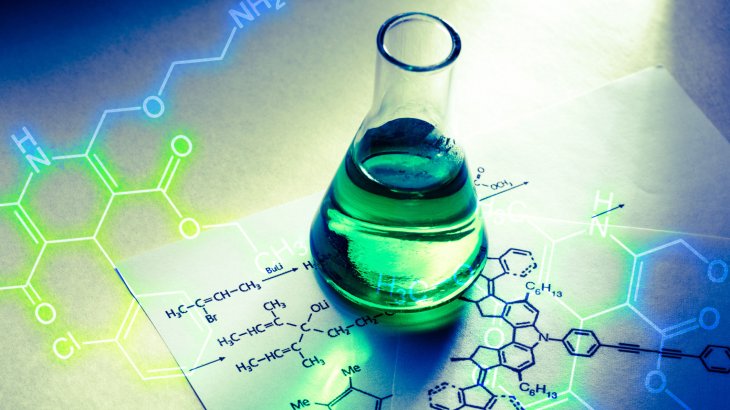From a micro structural standpoint, the first process to accompany a phase transformation is nucleation– the formation of very small particles or nuclei, of the new phase which are capable of growing. The second stage is growth, in which the nuclei increase in size; during this process, some volume of the parent phase disappears. The transformation reaches completion if growth of these new phase particles is allowed to proceed until the equilibrium fraction is attained.
As would be expected, the time dependence of the transformations rate (which is often termed the kinetics of a transformation) is an important consideration in the heat treatment of materials. With many investigations, the fraction of reaction that has occurred is measured as a function of time, while the temperature is maintained constant. Transformation progress is usually ascertained by either microscopic examination or measurement of some physical property. Data are plotted as the fraction of transformed material versus the logarithm of time; an S-shaped curve, represents the typical kinetic behavior for most solid state reactions.


